Bold. Distinctive. Biblical.
A Principle-Approach® Pre-K–12 Christian School in Lancaster County, PAAbout
Academics & Admissions
Current Families
Athletics
Events
Support
If you desire to benefit charities like Dayspring Christian Academy, there are many creative and strategic ways to give.
Dayspring Christian Academy can partner with you to help you dream more, plan more and do more with the assets God has provided for you. Dayspring partners with several local trusted financial and legacy planning firms which can help you do more in building your family’s legacy while helping secure Dayspring’s mission and future. To learn more about planned giving or who we partner with, contact Joanne Martin, Advancement Director today at 717-285-2000 ext. 212.
Common Types of Planned Gifts
Planned giving integrates your personal planning goals with your charitable giving goals. In so doing, you create opportunities for charitable giving in circumstances that may not otherwise enable you to make an impact. Planned giving provides “something for everyone” by offering great flexibility through the many giving options available!
Endowment Fund
Dayspring’s Board of Trustees has formalized its efforts to create a legacy building program and an endowment fund which supports the future of the school, the mission, and our future students. “Our goal at Dayspring is to build an endowment fund so we may affect students’ and families’ lives well into the future,” said Joanne Martin, Dayspring’s Director of Advancement.
We believe that to restore America, communities must invest in the future of Christian education now so that we may affect the hearts and minds of future students. Dayspring can work with you to create a lasting legacy that will bless the school and future students. If you do not have a financial planner, Dayspring can provide you with a list of those we partner with in Lancaster County.
To learn more about ways you can help support the Endowment Fund, please contact Joanne Martin at 717-285-2000 or jmartin@noujcf.com.
Questions?
Click on the red links below to learn more about specific types of planned giving. If you have questions, please contact Joanne Martin to learn about how you can share your legacy with your family and Dayspring Christian Academy.
Learn More About Specific Types of Planned Giving
Ready to Support Dayspring?
Give now to make a difference in the life of a Dayspring student!
Donate Now